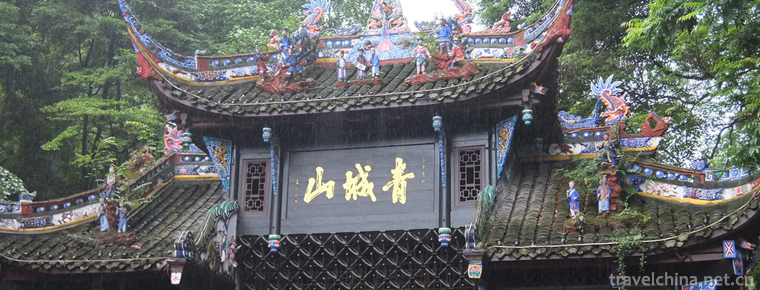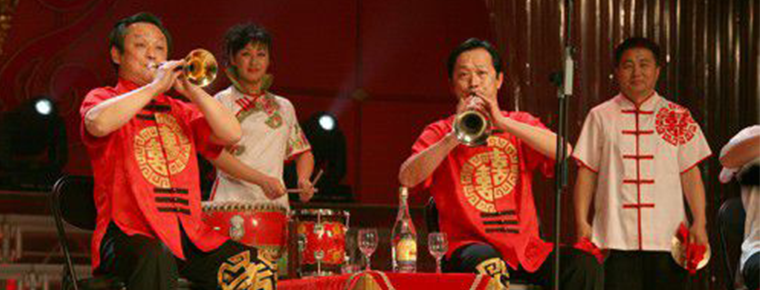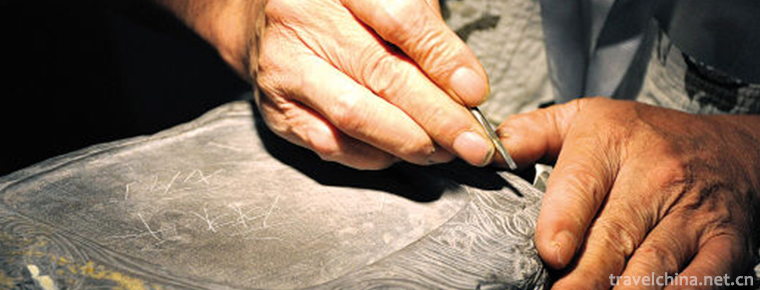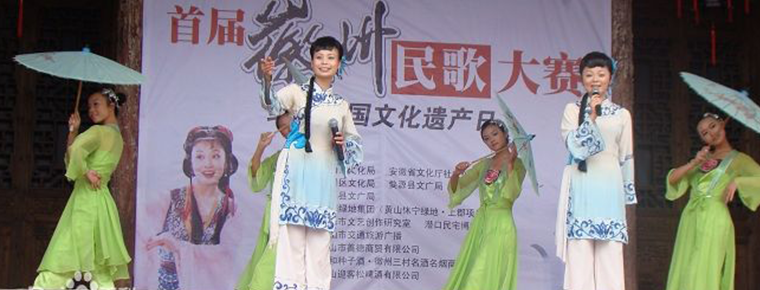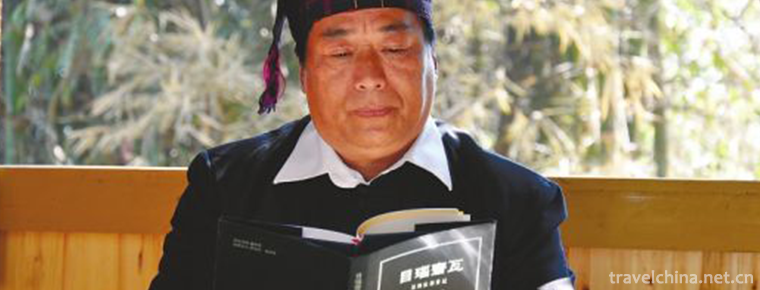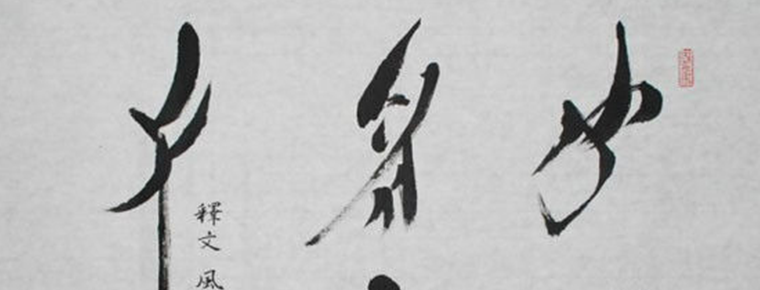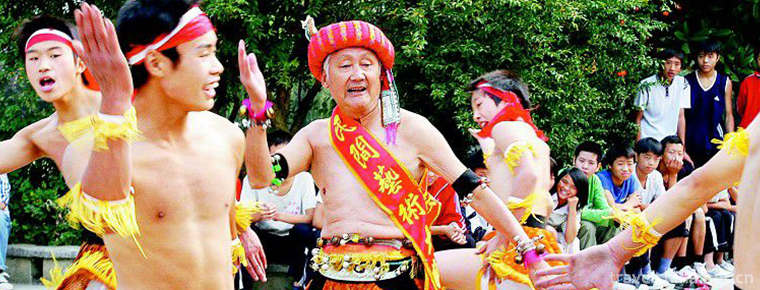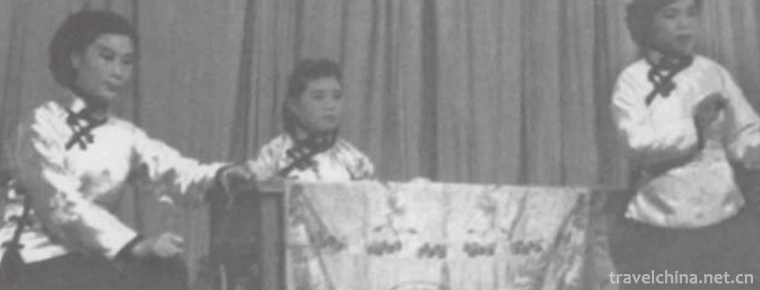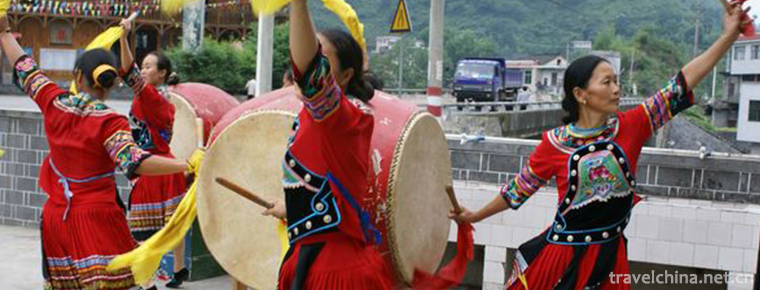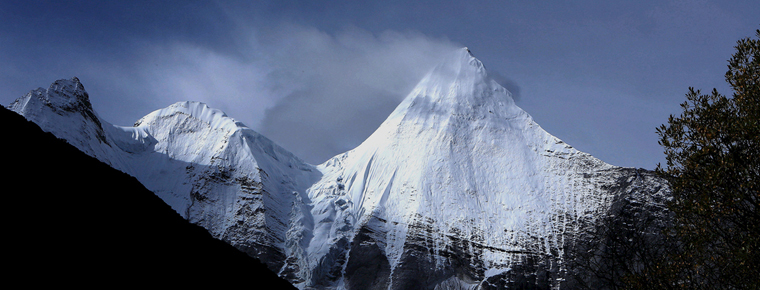Dai Elephant Foot Inspiration
Dai Elephant Foot Inspiration
There is also a legendary story about the origin of the Dai elephant drum. Legend has it that Mengzhai area in ancient times was a beautiful lake rippling with blue waves. But there are pythons and tortoises on the lakeside. They make misdeeds everywhere and devour human beings and animals. Later, a Dai warrior came to the lake with a group of hunters, destroyed the pythons that devoured human beings and animals, and took skins to knock on hollow trees and bamboo barrels for pleasure, thus forming drums. A few years later, two elephant tamers changed the drum into the shape of feet and legs. Since then, elephant foot drums have appeared in Dai people. Among the numerous Dai folk dances, "elephant foot drum" can be said to be more representative.
On June 7, 2008, the Dai elephant foot drum was listed in the second batch of national intangible cultural heritage list with the approval of the State Council.
Historical evolution
Dai elephant foot drum dance has a long history, fast rhythm, changeable, artistic expression and appeal. In 2006, it was listed in the first batch of intangible cultural heritage protection list of Yunnan Province by the Yunnan Provincial Government, and in 2008, it was listed in the second batch of national intangible cultural heritage by the State Council.
The elephant foot drum of the Dai nationality is an ancient national musical instrument of the Dai nationality. The book Biography of Baiyi written by Qian Guxun, a Ming Dynasty man, says that the Dai people "take sheep's skin as three or five long drums and pat them with their hands". The "three and five long drums" here refer to the elephant foot drums, which are three to five feet in length. It can be seen that before the Ming Dynasty, the Dai people had elephant foot drums.
About the origin of elephant foot drum, there is a very interesting story among Dai people. It is said that long ago, the Dai people suffered from annual floods, and people were not allowed to live and work in peace and contentment. Later, it was known that it was a dragon who did evil. Everyone hated Jiaolong. There was a brave Dai youth who was determined to fight for the people. With the help of his villagers, he finally killed Jiaolong. In celebrating the victory, people, in order to express their hatred for the evil dragon and their longing for a happy life, peeled off the skin of the dragon and imitated the feet of the white elephant, which symbolized good luck. From then on, the sound of footdrums rang through the Dai villages, expressing the joy of the Dai people. In the eyes of the Dai people, elephants in beasts and peacocks in birds are regarded as symbols of auspiciousness. Therefore, when the elephant drum sounds, men, women, old and young all dance happily.
Elephant foot drum dance is one of the most popular and distinctive mass male dances in Dai dance. Because of the elephant foot inspiration, so the name elephant foot inspiration. Elephant foot drum plays an important role in Dai's cultural life. Every spare time, festivals or drum contests, young men with feet like drums come from villages and dance vigorous, thick and flexible elephant feet to inspire them. Where is the sound of drums like feet? There are happy people everywhere.
Style and characteristics
Dai elephant foot drum is divided into three kinds: long elephant foot drum, medium elephant foot drum and small elephant foot drum. Elephant foot drum dancing movements are not much, with a variety of playing methods, drum points are rich. There are hand-to-finger, two-finger, three-finger, palm, punch, elbow, even foot, head, mostly for one person performance, or dance accompaniment. Mid-elephant drums are usually punched with fists and hammers are used in individual areas. It does not have more drum points, usually a beat, individual areas of the left finger with a weak beat. The standard is the length of drum, the timbre level and the size of drum tail swing when dancing. It is said that the elder drummer can play a hammer drum to unlock all the buttons of his clothes, and then a hammer drum to button all the buttons, the drumming is still incomplete. The middle elephant foot drum steps are firm, steady and vigorous, and there are many big movements and dancing gestures. When dancing, there is no limit to the number of people. When people are small, they fight in circles. When people are large, they fight in circles. Elephant foot drums are common only in Xishuangbanna. They dance flexibly and are characterized by fighting drums and playing drums. In the battle and match, we win by flexible, witty attack, concession and finally grabbing the opponent's hat or Baotou. Generally, it is a two-person match .
The elephant foot drum dance is the main accompaniment instrument of Dai dance besides its rich and colorful dance. As long as people hear drums, they can't help shaking and dancing. When accompanying peacock dance, they form unique drums. For example, when elephant foot drums beat "about breaking down, about breaking down, about breaking down and about joining Jolie", that is to say, "well lift, well lift wings." Peacock dancers hear this drumming point, that is, do the movement of lifting wings.
In order to make the drum sound rounded, soft and prolonged, rice balls rubbed with glutinous rice must be glued on the drum surface before playing. The long elephant drum, the small elephant drum and the middle elephant drum in some areas stick to the center of the drum, while the middle elephant drum sticks to a circle about seven centimeters in diameter. In addition, in order to beautify and increase the swing range of the drum tail, some middle elephant feet are decorated with clusters of peacock feathers on the drum tail.
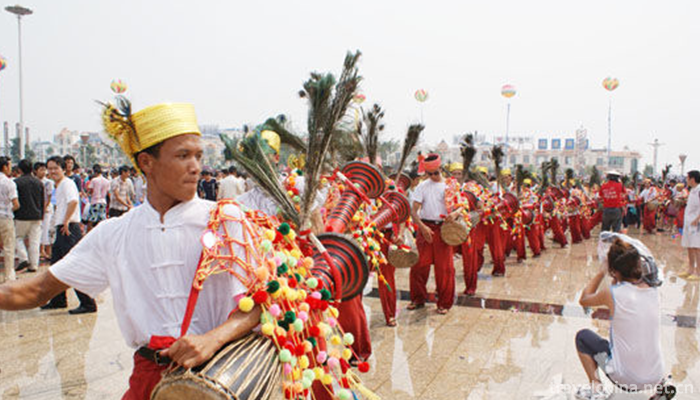

Dai Elephant Foot Inspiration
-
Percussion music
Percussion is one of the traditional Chinese instrumental music. Music played by two kinds of musical instruments, i.e. playing and playing, is commonly known as Gong and drum or drum music in Chinese
Views: 202 Time 2019-04-22 -
Duan Inkstone Production Techniques
Duan inkstone production technology, Zhaoqing City, Guangdong Province, traditional handicraft, one of the national intangible cultural heritage.
Views: 173 Time 2019-04-28 -
Huizhou folk songs
Huizhou folk song is an ancient traditional folk art in Huizhou area. It is rich in content and diverse in genres, including chants, folk songs, minors, Buddhist and Taoist songs,
Views: 438 Time 2019-05-04 -
Munaozaiwa
In May 2011, Munaozaiwa declared by Dehong Dai Jingpo Autonomous Prefecture of Yunnan Province was listed in the third batch of national intangible cultural heritage list with the approval of the Stat
Views: 130 Time 2019-06-06 -
Female Book Custom
Jiangyong Nu Shu in Yongzhou, Hunan Province, is the only special written language for women in the world. Its development, inheritance and cultural information as symbols constitute the custom of wom
Views: 134 Time 2019-06-08 -
Meat rustles
"Meat Lianliang" refers to the native minority local dance variety in Lichuan City, Hubei Province, which takes the unique body performance as the main form. It is popular in the city's Duti
Views: 245 Time 2019-06-11 -
Wulin Diao
Wulin Diao evolved from the folk propaganda of Baojuan and formed in the late Qing Dynasty. The performance form of Wulin tune is mainly sitting and singing, which combines narrative and singing. One
Views: 399 Time 2019-06-30 -
Encouragement of Miao Nationality in Western Hunan
Encouraged by the Miao people in Western Hunan Province, the traditional dance of Tujia and Miao Autonomous Prefecture in Western Hunan Province is one of the national intangible cultural heritage.
Views: 253 Time 2019-07-03 -
Cognitive Method of Life and Disease in Traditional Chinese Medicine
Cognitive method of life and disease of traditional Chinese medicine, one of traditional Chinese medicine, is declared by the Chinese Academy of Traditional Chinese Medicine and one of the national in
Views: 186 Time 2019-08-03 -
Mount sanshen
The three sacred mountains in Yading, Daocheng, are composed of three snow peaks, xiannairi, yangmaiyong and xianodoji, representing respectively Guanyin Bodhisattva, Manjusri Bodhisattva and Vajrayana Bodhisattva.
Views: 236 Time 2020-10-13 -
Dazhou economy
In 2019, Dazhou's GDP will reach a new level, reaching 204.15 billion yuan, with a year-on-year growth of 7.7% based on comparable prices. Among them, the added value of the primary industry was 34.48 billion yuan, an increase of 2.9%; the add
Views: 174 Time 2020-12-20
